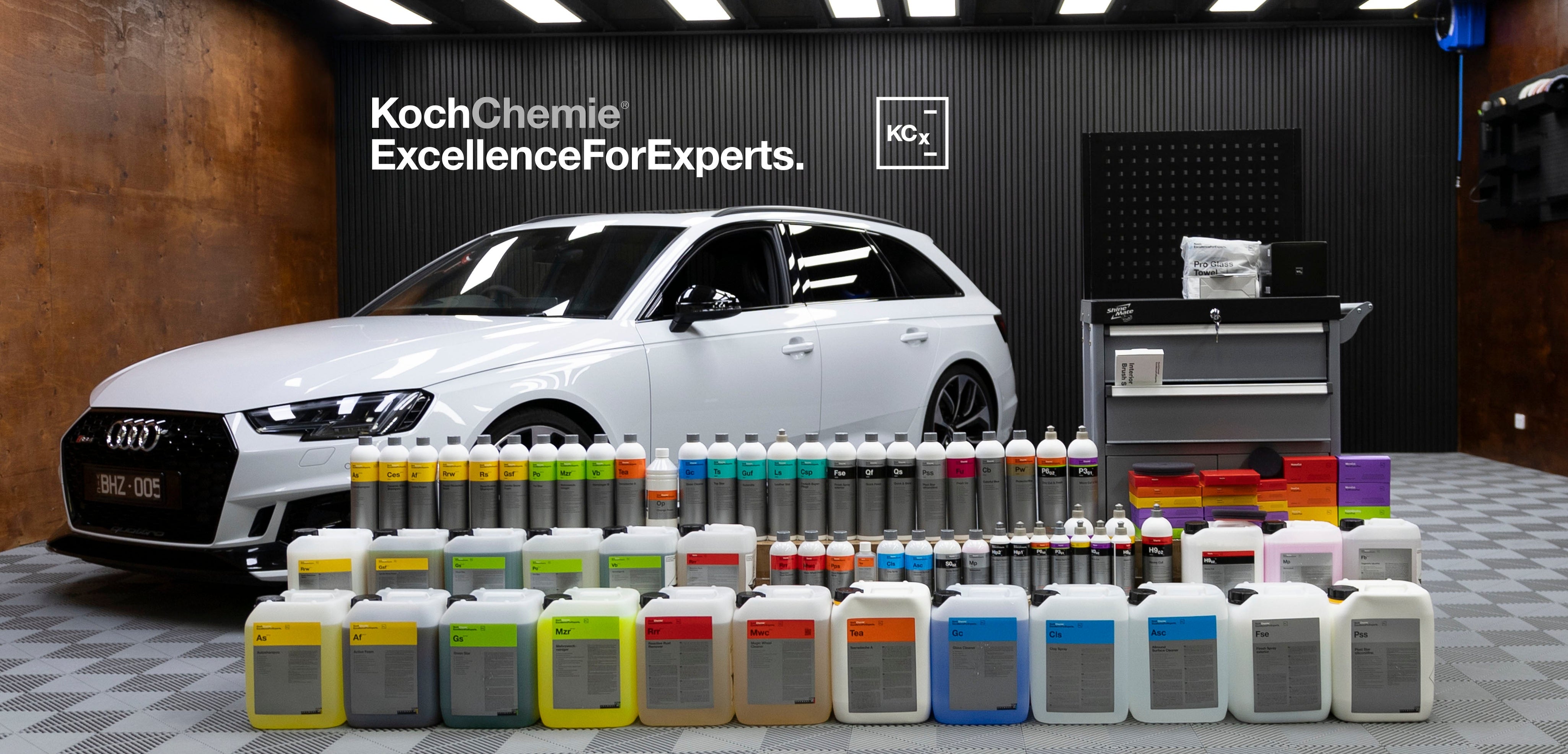What Causes Car Fabrics to Wear Down?
With so many hours spent sitting in our car seats over days, months, and years of use, it’s only natural that a car fabric or cloth seats are going to accumulate dust, dirt and much of our own human bodily matter. Sweat, shedding skin and all the things we don’t like to think about, as well as drink and food spills can build up in our vehicle's fabrics. Pet hair and sand can be other common thing that build up for some.
As such, car fabric seats will start to look aged, dirty and stained and even lose some of that clean, fresh look and smell. Just like every other part of a car’s interior cabin, cloth seats need to be regularly cleaned not only because of the way they look, but also to ensure that they are a safe and sanitary place to sit and enjoy the ride as we commute from place to place.
There are several ways and several levels to cleaning fabric seats (as well as other car interior fabrics) that can be quite simple and effective. Other processes will require certain equipment and more involved methods to truly deep clean car fabrics. Let’s start with a basic, easy method that anyone can do, with little expense and minimal equipment.
How to Deep Clean Car Fabrics:
There are a multitude of car interior cleaners, from general interior cleaners, to specific fabric cleaners which may be the best choice for tackling cloth seats or trims.
General Cleaning:
After giving the fabric seat or trim a thorough vacuum (which should always be your first step), you can spray your cleaner directly on to a section of the seat or trim (you can even spray it on to a microfibre cloth) and simply wipe the area down with the chemical and cloth. For mildly dirty seats this may be all that’s needed. However, once a car fabric seat or trim has accumulated a significant amount of grime and filth, a more comprehensive clean will be needed.
To achieve a more intensified cleaning ability on a fabric that requires it, you need to be a little more liberal with your fabric cleaner and spray it in a slightly more generous manner on to the fabric. Using a slightly stiff detailing upholstery brush, thoroughly brush the surface for a minute or so. Following this, use your microfibre cloth to collect the residue on the fabric. It’s also important to note that if the seat or trim is quite dirty, you should stick to working small areas such as a 25cmx25cm section at a time. In some cases, you may need to treat the area more than once to adequately clean it, and you may also need to adjust the dilution ratio of your cleaner to render the best results.
As car cloth seats have a backing foam, a trick you can use to help penetrate into that foam and lift the embedded dirt, as well as your cleaning chemical from within, is to put some hot water in a spray bottle and spray some it over the cleaned fabric. Following this, press down firmly with your microfibre cloth to absorb the liquid on to the cloth. This is more or less a way of extracting the seat without the use of more expensive equipment.

Advanced Cleaning:
For detailing professionals or home enthusiasts, a hot water extractor is perhaps the quickest and most effective tool for deep cleaning fabric seats and trims. The most effective way to use an extractor is to firstly treat the seat or trim as described previously, by spraying your cleaning chemical over the surface and then use an upholstery brush to break down that surface layer of grime. This is followed by using your hot water extractor to saturate the fabric with your hot water liquid while simultaneously sucking it up with its vacuum function.
The process of allowing both the hot water and cleaning liquids to penetrate deep within the fabric, allows all the trapped dirt and grime to be lifted and sucked out of the fabric and into your extractors collection reservoir. When car cloth or fabric seats and trims are cleaned properly, whether it’s by hand or with the aid of an extractor, they will be wet for some time and will need at least a few hours, if not longer, to fully dry before use.
Done correctly, you will see in the end result a new vibrancy, with a new luxurious look and feel in their finish that only a deep and thorough clean can unlock. If vacuumed and simply wiped down with an interior cleaner on a regular basis, fabric seats and trims won’t need more in-depth, time consuming cleans very often. But if left untreated or not maintained, these fabric trims will start to look and feel old, stained and dated, requiring a thorough clean to revive them.
Additionally, car fabric seats that are not well maintained will also tend to wear out, tear and fail far more quickly. This is because the dirt and grime sitting on their surface will accelerate the wear as those surface particles grind down the seat prematurely when you sit on them.
Cleaning Food & Drink Spills:
In the case of drink or food spills as well as other stains and marks, the best course of action is to immediately clean the seat using the described methods, as the longer these stains and marks are in the fabric, the harder it will be to remove them. It also important to note that although most stains and marks can be successfully removed with a bit of effort, there’s no guarantee that certain stains and marks can be removed, especially if they are older or more significant in their nature.
To help prevent stains and the accumulation of grime, certain fabric treatments and guards can be used to coat the fabric. Look for fabric treatments that are hydrophobic in nature, as these tend to repeal certain grime and make the fabric easier to clean in the future. As car interior cabins are small, closed spaces, be sure to use personal protective gear when using cleaning chemicals in these spaces.






